Introduction
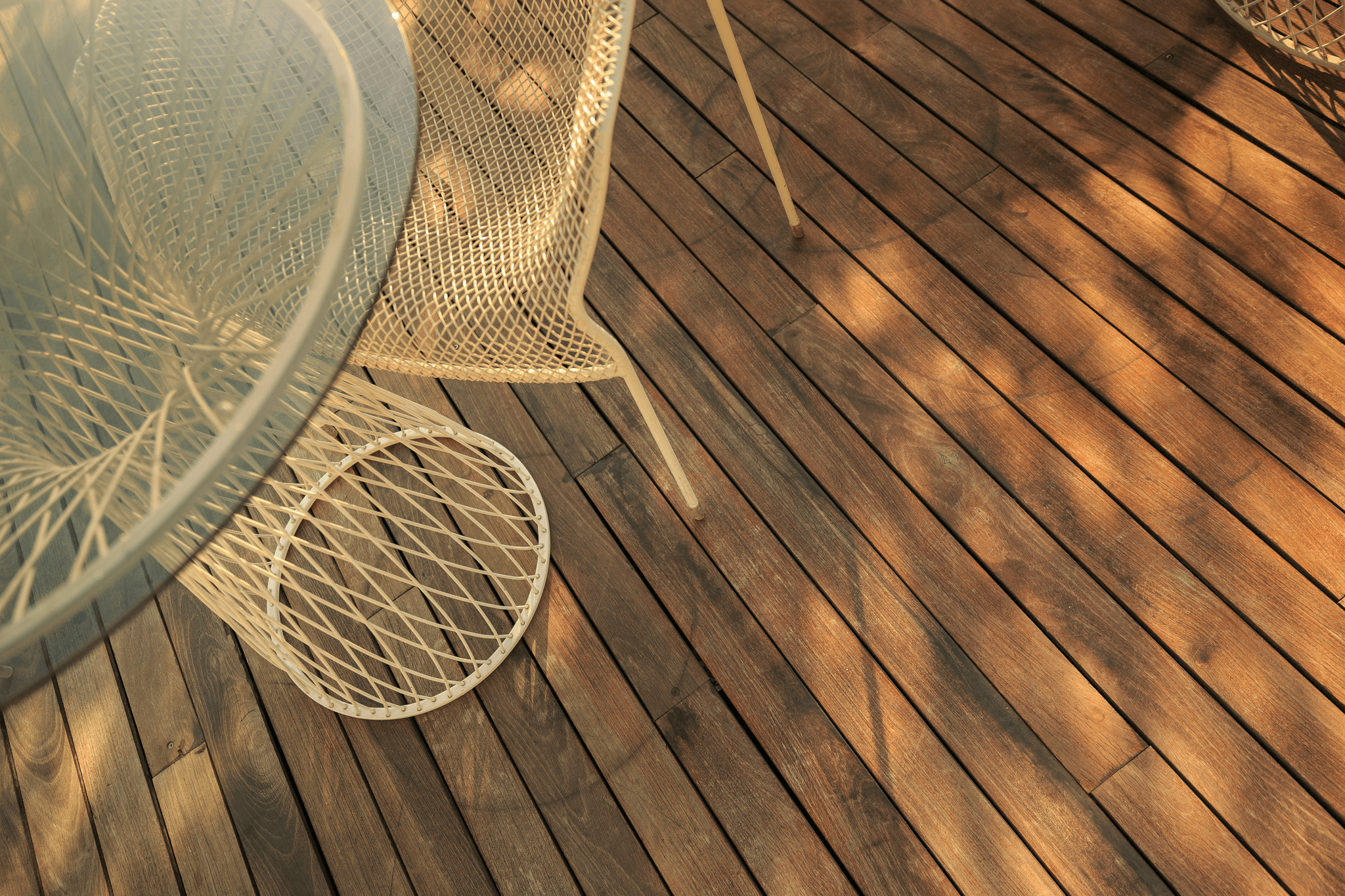
In recent years, wood composite materials have surged in popularity as a go-to solution for outdoor decking projects. Homeowners are increasingly drawn to composite decking due to its blend of aesthetic appeal and practicality. With the ability to mimic the look of traditional wood while offering enhanced durability, composite lumber decking has become a favored choice for many.
Understanding Composite Wood and Its Popularity
Composite wood is essentially a marvel of modern engineering, combining recycled wood fibers and plastic to create a robust material that stands up to the elements. This innovative approach not only appeals to environmentally-conscious consumers but also provides a sustainable alternative to traditional lumber. As more people seek ways to enhance their outdoor living spaces without the constant upkeep associated with real wood, the popularity of composite deck boards continues to soar.
The Mechanics of Wood Composite Materials
The mechanics behind wood composite materials are fascinating; they leverage advanced technology that binds wood fibers with polymers, resulting in a highly durable product. This unique construction allows for increased resistance against moisture, pests, and decay—common foes of natural wood products. By understanding how these materials work, homeowners can appreciate why composite decking is often seen as an investment in long-term value.
Applications of Composite Decking
Its ability to withstand harsh weather conditions makes it suitable for diverse climates without compromising on performance or aesthetics. Whether you're building a cozy backyard retreat or an expansive entertainment space, composite lumber decking offers endless possibilities for transforming any outdoor area into an inviting oasis.
Advantages of Composite Wood
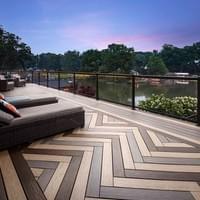
Composite wood, particularly in the form of composite decking, has gained significant traction among homeowners and builders alike. This surge in popularity can be attributed to its impressive advantages over traditional materials. Let’s delve into the key benefits that make composite lumber decking a standout choice for outdoor spaces.
Durability and Longevity
One of the most compelling reasons to choose composite deck boards is their remarkable durability and longevity. Unlike traditional wood, which can suffer from rot, splintering, and insect damage, wood composites are engineered to withstand the rigors of weather and time. With proper installation and care, these materials can last for decades without losing their structural integrity or aesthetic appeal.
Moreover, many composite decking products come with warranties that reflect their durability—often 25 years or more! This means homeowners can invest in a deck that not only enhances their outdoor space but also provides peace of mind regarding maintenance issues down the line. When you opt for composite lumber decking from trusted brands like Composite Decking Inc, you're making a choice for long-lasting quality.
Low Maintenance Requirements
Another significant advantage of composite wood is its low maintenance requirements compared to traditional wood options. Homeowners often dread the annual ritual of sanding, staining, or sealing their wooden decks; however, with composite decking, such tasks become largely unnecessary. A simple wash with soap and water is typically all it takes to keep your composite deck looking fresh and new.
This low-maintenance aspect allows homeowners to spend more time enjoying their outdoor spaces rather than laboring over upkeep. Additionally, because composite deck boards resist fading and staining better than natural wood, they maintain their color and beauty for years without extensive care efforts. The ease of maintenance makes choosing composite lumber decking an attractive option for busy households or those who simply want to relax outdoors.
Eco-Friendly Features
In today's environmentally conscious world, eco-friendly features are increasingly important when selecting building materials—and this is where wood composites shine brightly! Many manufacturers produce composite decking using recycled materials like plastic bags and reclaimed wood fibers. By opting for these sustainable products from companies such as Composite Decking Inc., homeowners contribute positively to waste reduction efforts while enhancing their living spaces.
Furthermore, unlike traditional timber sourcing practices that can lead to deforestation and habitat destruction, many composite materials promote responsible resource management by utilizing recycled content. This means you can enjoy your beautiful outdoor oasis while feeling good about your environmental impact—a win-win situation! Choosing eco-friendly options like composite lumber decking not only elevates your home but also supports a greener planet.
Disadvantages of Composite Wood

While composite wood offers numerous advantages, it’s essential to consider its drawbacks before making a decision. Understanding these disadvantages can help homeowners weigh their options more effectively. Below, we delve into some key concerns associated with composite decking.
Initial Cost Considerations
One of the most significant drawbacks of composite lumber decking is its initial cost. Compared to traditional wood, the upfront investment for quality composite deck boards can be substantially higher. While this may seem daunting, it’s crucial to remember that this expense often pays off over time through lower maintenance and replacement costs.
Potential for Warping and Fading
Despite their durability, some wood composite products are not immune to warping or fading over time. Extreme weather conditions can take a toll on composite decking, leading to potential issues that homeowners might not anticipate. Although manufacturers often provide warranties against such problems, it’s wise to research specific products thoroughly before committing.
Limited Repair Options
Another consideration is the limited repair options available for composite materials when damage occurs. Unlike traditional wood that can easily be sanded or stained, damaged composite deck boards may require complete replacement rather than simple fixes. This limitation can lead to additional costs and inconvenience if repairs are needed down the line.
Comparing Composite Decking to Traditional Wood
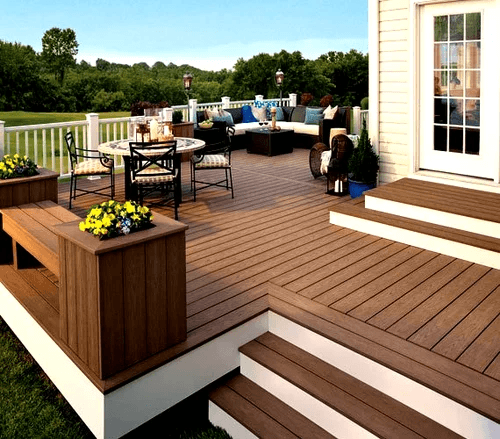
Each material has its own set of advantages and disadvantages that can significantly impact outdoor living spaces. Understanding how wood composite performs compared to natural wood is crucial for making an informed decision.
Performance in Different Weather Conditions
Composite lumber decking is engineered to withstand the elements far better than traditional wood. While real wood can warp, crack, or splinter due to moisture or extreme temperatures, composite deck boards maintain their integrity regardless of the weather. This resilience makes composite materials an ideal choice for regions with fluctuating climates, ensuring your deck remains beautiful and functional year-round.
In addition to resisting warping and fading, wood composites are also less prone to insect damage compared to their wooden counterparts. This durability means less worry about termites or other pests munching away at your investment. Ultimately, if you live in an area where rain or snow is common, opting for composite decking could save you time and money on repairs.
Aesthetics: Real Wood vs. Composite Deck Boards
When it comes to aesthetics, the debate between real wood and composite deck boards can be quite heated among homeowners and designers alike. Natural wood offers a classic beauty that many love; however, advancements in technology have allowed composite materials to mimic this look closely while providing additional benefits like color consistency and fade resistance. With various textures and finishes available from brands like Composite Decking Inc., achieving the desired look for your outdoor space has never been easier.
Moreover, while real wood requires regular staining or sealing to maintain its appearance over time, composite lumber decking needs minimal upkeep in terms of aesthetic maintenance. It retains its color without fading significantly over the years—something that can't be said for traditional timber exposed to sun and rain alike! So if you're leaning towards a stunning yet low-maintenance solution that doesn't compromise on style, consider investing in high-quality composite products.
Lifespan and Warranty Insights
One of the most compelling reasons homeowners choose composite decking over traditional wood is longevity—and warranties often reflect this confidence in durability! While natural wood may last 10-15 years with proper care (and even less without), quality composite materials boast lifespans exceeding 25 years or more when properly installed—making them a long-term solution worth considering for any outdoor project.
Additionally, leading manufacturers like Composite Decking Inc typically offer extensive warranties on their products as a testament to their quality assurance practices; many warranties cover fading or structural integrity issues that might arise over time with standard wooden options! Knowing that your investment is protected allows you peace of mind while enjoying your outdoor space without the constant worry about deterioration.
In summary, comparing performance metrics such as weather resilience, aesthetic appeal, lifespan expectations—and accompanying warranties—can help guide you toward making an informed decision regarding your decking needs!
Cost Analysis of Composite Lumber Decking
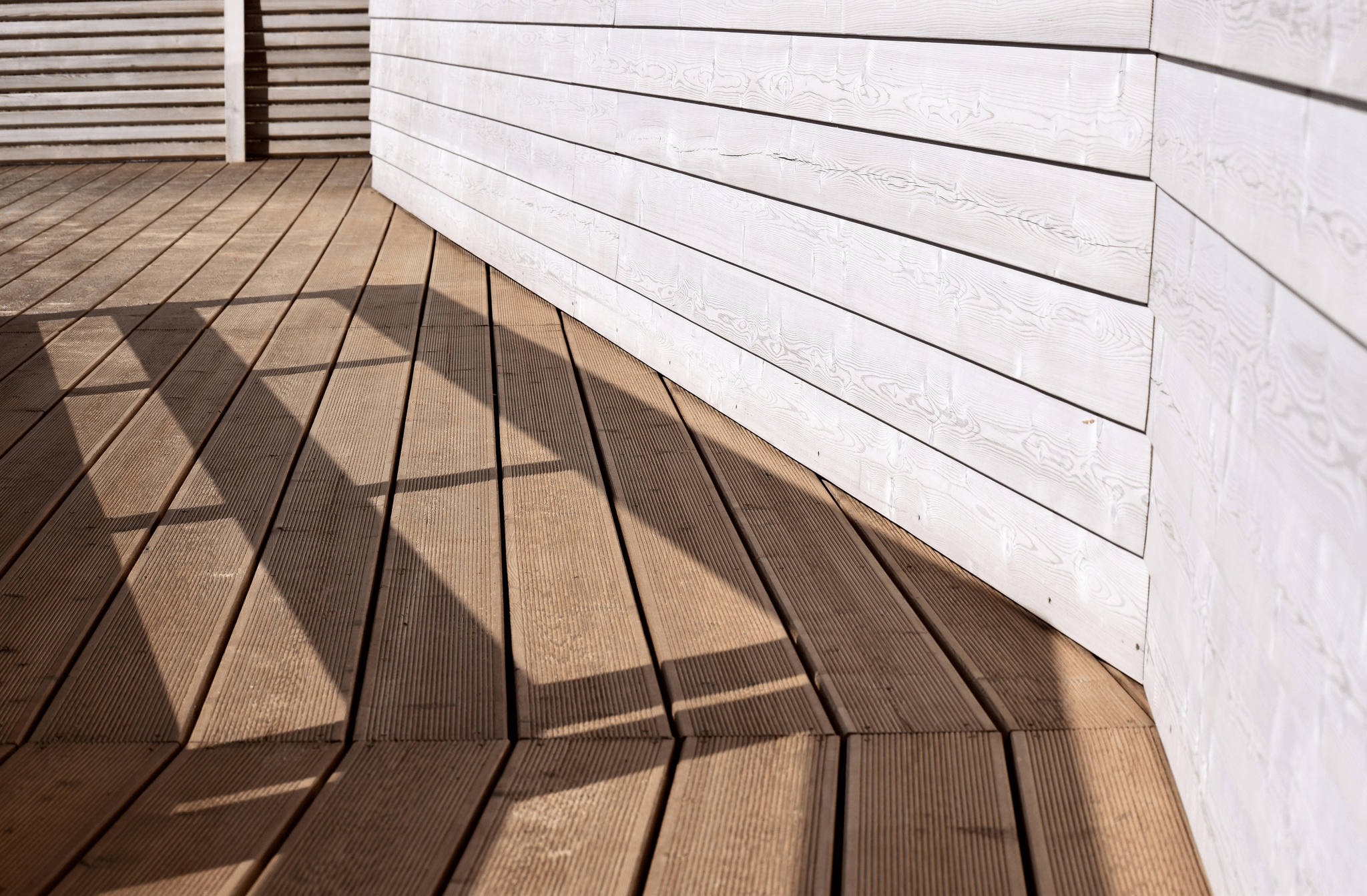
When considering a new outdoor project, the cost analysis of composite lumber decking plays a crucial role in decision-making. While the initial investment may seem higher than traditional wood, understanding the breakdown of installation costs and long-term savings can paint a clearer picture. In this section, we'll delve into the financial aspects of choosing composite decking, helping you make an informed choice for your outdoor space.
Breakdown of Installation Costs
The installation costs for composite decking can vary significantly based on several factors, including material quality and labor expenses. Generally, homeowners can expect to pay more upfront for wood composite materials compared to traditional lumber due to their advanced manufacturing processes and durability features. However, when you factor in the reduced maintenance costs over time—like staining or sealing—composite deck boards often prove to be a wise investment that pays off in the long run.
Labor costs also play a significant role in overall expenses; hiring professionals for installation can add hundreds or even thousands to your total bill. To keep costs manageable, some homeowners opt for DIY installations using easy-to-follow guides provided by brands like Composite Decking Inc. Remember that while saving money is great, ensuring proper installation is key to maximizing your composite decking's lifespan.
Long-Term Investment Value
Investing in composite lumber decking offers significant long-term value that extends beyond mere aesthetics or immediate enjoyment. One of the standout benefits is its durability; wood composites resist rot, insects, and weather-related damage far better than traditional wood options. This resilience translates into fewer repairs and replacements over time—meaning less hassle and lower costs down the line.
Moreover, many manufacturers provide substantial warranties on their products; Composite Decking Inc offers impressive warranties that reflect their confidence in quality and performance. Homeowners should consider these warranties as part of their investment value since they signify not just protection but also peace of mind regarding future expenses related to deck upkeep or replacement.
Financing Options Available
For those concerned about upfront costs associated with installing composite decking, various financing options are available that can ease financial pressure without sacrificing quality or aesthetic appeal. Many retailers offer financing plans tailored specifically for home improvement projects; this allows homeowners to spread out payments while enjoying their new outdoor space immediately with durable wood composites underfoot.
Additionally, some credit card companies provide promotional rates or special offers on home improvement purchases—including those made at stores like Composite Decking Inc—making it easier than ever to invest in quality materials without breaking the bank upfront. Be sure to explore all available options so you can choose a plan that aligns best with your budgetary needs while still achieving your dream deck design.
Choosing the Right Composite Decking Products
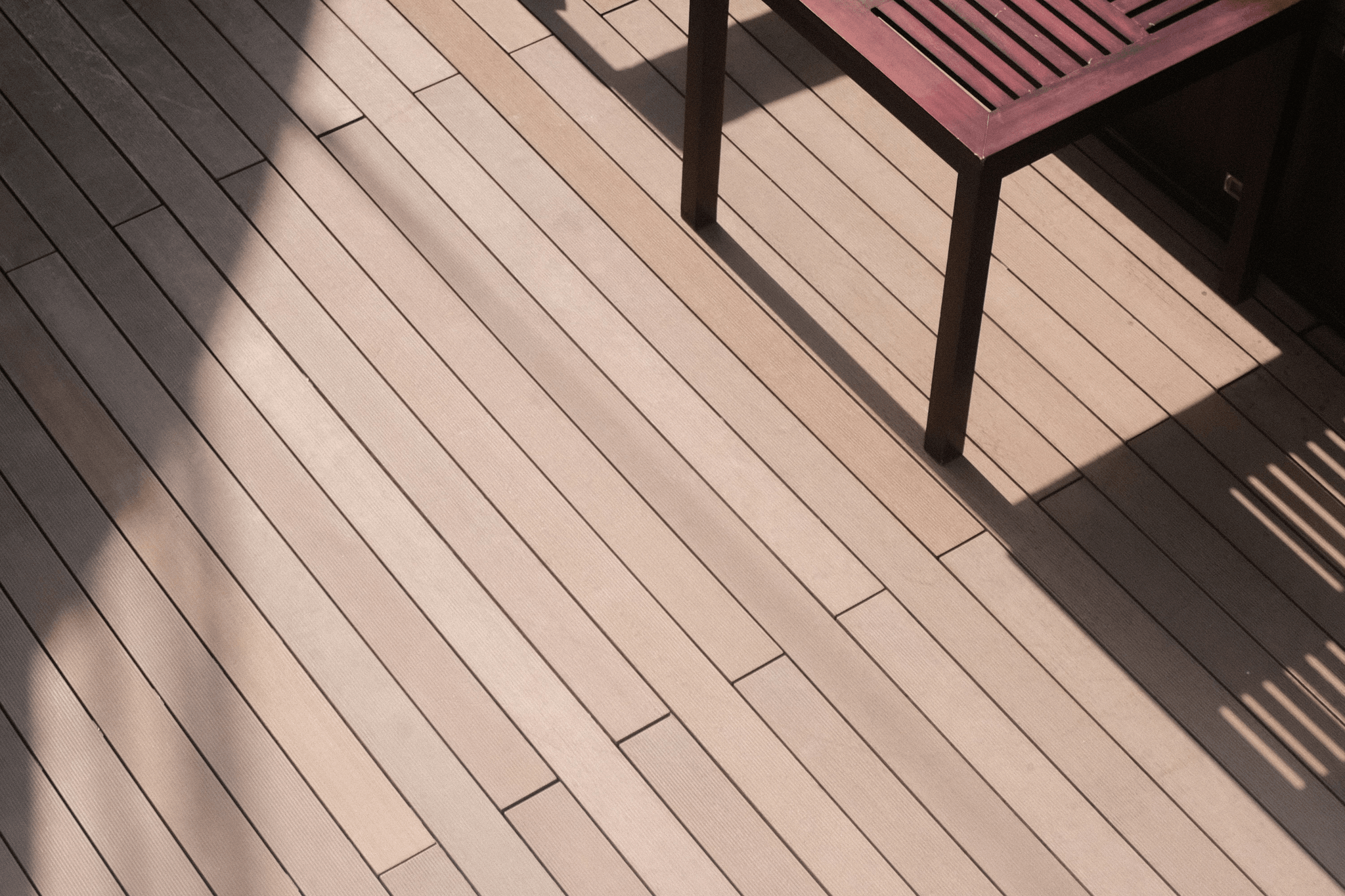
Selecting the right composite decking is crucial for creating a beautiful and functional outdoor space. With various options available, understanding what makes quality composite materials stand out can save you time, money, and future headaches. This section will guide you through essential factors to consider when choosing wood composite products.
What to Look for in Quality Decking
When searching for top-notch composite decking, focus on durability and resistance to environmental factors. Look for wood composite materials that boast high-density formulations, which enhance strength and minimize wear over time. Additionally, check for warranties that reflect the manufacturer's confidence in their product—longer warranties often indicate higher quality.
Another key feature is low maintenance requirements; choose composite deck boards that are easy to clean and resist staining or fading from UV exposure. Eco-friendly certifications can also be a significant deciding factor; opt for brands that utilize recycled materials in their manufacturing process. Lastly, consider the aesthetic appeal of your chosen material—select colors and textures that complement your home’s design while still providing the natural look of traditional wood.
Brands to Consider: Composite Decking Inc and More
Among the many players in the composite lumber decking market, Composite Decking Inc stands out with its commitment to quality and sustainability. Their products combine modern technology with eco-friendly innovation, ensuring homeowners receive durable solutions without sacrificing aesthetics or environmental responsibility. Other reputable brands worth exploring include Trex, TimberTech, and Fiberon—all known for their reliable performance and attractive designs.
Each brand offers unique features such as different color palettes or textures that mimic natural wood grain patterns beautifully. Be sure to read customer reviews and compare samples before making your final decision; firsthand experiences can provide valuable insights into long-term satisfaction with your choice of composite deck boards. Remember, investing in a reputable brand may save you from costly repairs down the line.
Installation Tips for Homeowners
Installing composite lumber decking can be a rewarding DIY project if approached with care and preparation. Begin by ensuring you have all necessary tools on hand—this includes saws designed specifically for cutting wood composites, measuring tapes, levels, and fasteners recommended by your chosen manufacturer. Following proper installation guidelines is crucial; always refer to the specific instructions provided by the brand you've selected.
Additionally, ensure adequate ventilation beneath your deck to prevent moisture buildup—a common cause of warping in any type of decking material including composites. When laying out your boards, maintain consistent spacing between them to allow for natural expansion during temperature changes; this will help prolong their lifespan while keeping them looking fantastic year after year!
Conclusion
As we wrap up our exploration of composite wood, it’s clear that this innovative material offers numerous benefits for homeowners looking to enhance their outdoor spaces. Composite decking provides an attractive alternative to traditional wood, combining durability and low maintenance with the added bonus of eco-friendly features. With brands like Composite Decking Inc leading the charge, homeowners can enjoy the beauty of natural wood without the hassle of constant upkeep.
Final Thoughts on Composite Wood Benefits
The advantages of wood composite are hard to overlook; its durability ensures that your deck can withstand the test of time and various weather conditions. Unlike traditional lumber, composite deck boards resist fading and warping, making them a reliable choice for any climate. Plus, with low maintenance requirements, you can spend more time enjoying your outdoor oasis rather than worrying about repairs or refinishing.
Weighing the Pros Against the Cons
While composite lumber decking comes with impressive benefits, it’s essential to consider its drawbacks as well. The initial cost may be higher than traditional wood options, which could raise eyebrows for budget-conscious homeowners. However, when you factor in longevity and reduced maintenance costs over time, many find that composite decking ultimately presents a better value.
Making an Informed Decision for Your Decking Needs
When choosing between wood composite and traditional materials for your decking needs, it's crucial to weigh all factors carefully—performance in various weather conditions, aesthetics, and long-term investment value should all play a role in your decision-making process. Brands like Composite Decking Inc offer high-quality products that promise both beauty and functionality while aligning with sustainable practices. Ultimately, selecting the right composite deck boards will ensure you create an outdoor space that is not only stunning but also practical for years to come.
